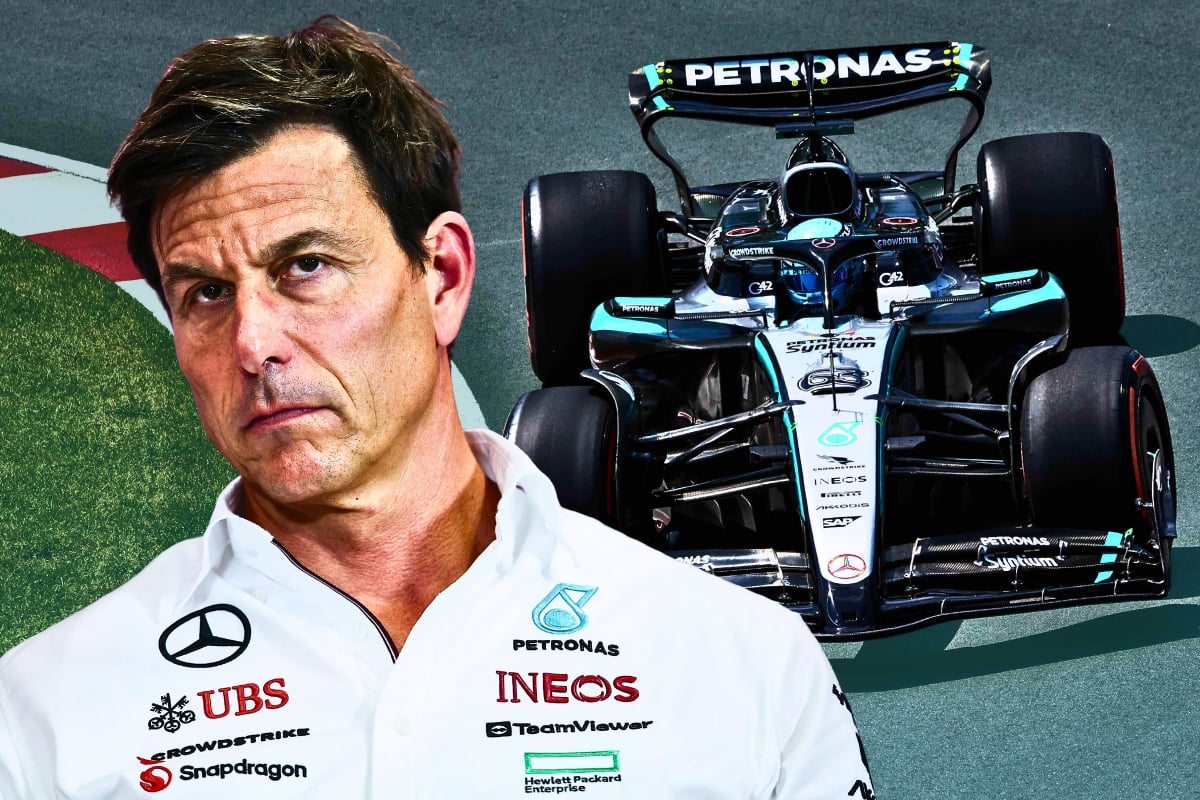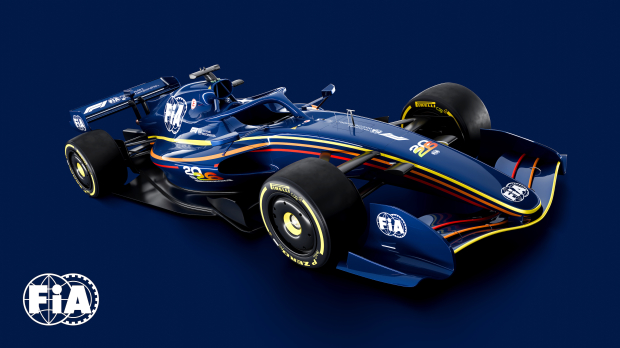
Latest News

F1 Social
Oscar Piastri struck by bizarre F1 burger curse AGAIN
- 2 hours ago

Breaking F1 News
Aston Martin announce new team principal in stunning F1 shakeup
- Yesterday 18:17

Red Bull
'He would be better than Tsunoda' - Damning claim made after Red Bull star's title triumph
- 3 hours ago

Red Bull
Sergio Perez grateful for Red Bull sacking
- Yesterday 20:57

Christian Horner
Does Christian Horner still have a way back into F1 after bold Aston Martin snub?
- Yesterday 19:54

Qatar Grand Prix
F1 star hit with early FIA penalty for Qatar Grand Prix
- Yesterday 18:55
Most read

75.000+ views
'FIA discover illegal trick being used by multiple F1 teams'
- 19 november

50.000+ views
FIA announce late penalty verdict at Las Vegas Grand Prix
- 22 november

50.000+ views
F1 Qualifying Results: Las Vegas Grand Prix times and grid positions
- 22 november

30.000+ views
FIA announce LATE demotion for Max Verstappen at Brazilian Grand Prix
- 9 november

30.000+ views
A grid penalty, starting P17, but nothing is impossible for Max Verstappen
- 7 november

30.000+ views
F1 Brazilian Grand Prix 2025 results: Final classification with penalties applied
- 9 november
























 Grand Prix of Australia 2025
Grand Prix of Australia 2025  Grand Prix of China 2025
Grand Prix of China 2025  Grand Prix of Japan 2025
Grand Prix of Japan 2025  Grand Prix of Bahrain 2025
Grand Prix of Bahrain 2025  Saudi Arabian Grand Prix 2025
Saudi Arabian Grand Prix 2025  Grand Prix De Monaco 2025
Grand Prix De Monaco 2025  Gran Premio de España 2025
Gran Premio de España 2025  Grand Prix du Canada 2025
Grand Prix du Canada 2025  Grand Prix of Austria 2025
Grand Prix of Austria 2025  Grand Prix of Belgium 2025
Grand Prix of Belgium 2025  Grand Prix of Hungary 2025
Grand Prix of Hungary 2025  Grand Prix of Azerbaijan 2025
Grand Prix of Azerbaijan 2025  Grand Prix of Singapore 2025
Grand Prix of Singapore 2025  Gran Premio de la Ciudad de Mexico 2025
Gran Premio de la Ciudad de Mexico 2025  Grande Prêmio de São Paulo 2025
Grande Prêmio de São Paulo 2025  Qatar Grand Prix 2025
Qatar Grand Prix 2025  Grand Prix of Abu Dhabi 2025
Grand Prix of Abu Dhabi 2025 